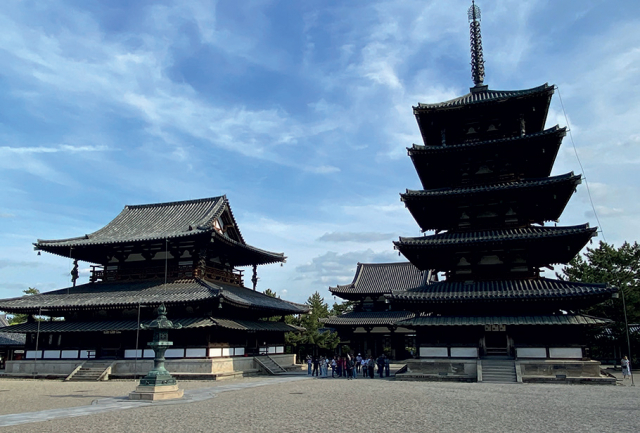From Norwich to Nara
Historian article

Reflections on Silk Road connections
Simon Kaner explores the fascinating parallels revealed by the international research project From Nara to Norwich between life and religious belief at the ends of the Silk Roads.
Nara is the ancient capital region of Japan. The eighth century imperial treasury, the Shōsōin, with its treasures from China and central Asia, is widely regarded as the eastern terminus of the so-called Silk Roads, the network of land and sea routes across AfroEurasia that flourished during much of the first millennium. Nara is where the first written histories of Japan were compiled. At the other end of Eurasia, Norwich, UNESCO City of Literature and self-proclaimed City of Stories, in medieval times England’s second city, grew rich on, among other commodities, the worsted scarves for which its weavers were renowned. Norwich is where the first book in English known to be written by a woman (Julian of Norwich). Wanderers through the streets of Nara encounter a profusion of temples and shrines that speak of 1400 years of complex religious history. Not perhaps quite as many as the million miniature wooden dharani stupas commissioned by Empress Shotoku in 764, each containing printed Buddhist invocations, some of which survive as the earliest evidence for printing in Japan, even though it might appear so after a hard day’s touring. A stroll through the lanes of Norwich inevitably leads past a litany of medieval churches: allegedly the highest concentration of such north of the Alps. These two fine cities alone provide ample succour for the historian. What insights, then, await those willing to indulge in some comparison, inspired perhaps by the global turn in historical studies?
This resource is FREE for Historian HA Members.
Non HA Members can get instant access for £2.49

